When it comes to home design, the terms "drawing room" and "living room" are often used interchangeably. However, these two spaces actually have distinct differences that set them apart. If you're in the process of designing or renovating your home, it's important to understand the difference between a drawing room and a living room so that you can make the best use of these spaces. In this article, we'll delve into the main differences between a drawing room and a living room and help you decide which one is right for your home.Drawing Room vs Living Room: What's the Difference?
The main difference between a drawing room and a living room lies in their purpose. A drawing room, also known as a formal sitting room, is traditionally a space used for entertaining guests. It is typically more elegant and sophisticated, featuring expensive furnishings and decor. On the other hand, a living room is a more casual and comfortable space where family members can relax and spend time together. It is often the central gathering place in a home and may also serve as a multipurpose area for activities such as watching TV or playing games.Understanding the Difference Between a Drawing Room and a Living Room
Apart from their purpose, there are other key differences between a drawing room and a living room. One of the main differences is in their placement within a home. Drawing rooms are typically located at the front of the house, while living rooms are usually situated towards the back. This is because drawing rooms were historically used to receive guests, and therefore needed to be easily accessible from the main entrance. Living rooms, on the other hand, are usually connected to other rooms such as the kitchen or dining area. Another difference is in their layout and design. Drawing rooms tend to have a more formal and symmetrical layout, with furniture arranged in a specific way to create a sense of balance and order. They are also often adorned with luxurious elements such as chandeliers, intricate moldings, and expensive artwork. In contrast, living rooms have a more relaxed and casual layout, with a focus on comfort and functionality. Furniture is usually arranged for ease of conversation and to accommodate various activities, and the decor is more practical and family-friendly.The Distinct Differences Between a Drawing Room and a Living Room
Here is a breakdown of the main differences between a drawing room and a living room:Drawing Room vs Living Room: A Comprehensive Comparison
While drawing rooms and living rooms have many differences, there are a few key elements that set them apart. These include:Key Differences Between a Drawing Room and a Living Room
Now that you have a better understanding of the differences between a drawing room and a living room, it's important to consider which one is right for your home. If you enjoy hosting formal gatherings and have the budget for luxurious furnishings, a drawing room may be the perfect choice for you. However, if you prefer a more relaxed and cozy atmosphere and want a space that can accommodate various activities, a living room may be a better fit.Exploring the Differences Between a Drawing Room and a Living Room
To summarize, the main differences between a drawing room and a living room lie in their purpose, placement, layout, and design. While drawing rooms are meant for entertaining, living rooms are designed for relaxation and family time. Drawing rooms are often more formal and luxurious, while living rooms have a more casual and practical feel. Ultimately, the choice between a drawing room and a living room will depend on your personal preferences and lifestyle.Drawing Room and Living Room: How Are They Different?
To help you decide which room is right for your home, here are the main differences between a drawing room and a living room:The Main Differences Between a Drawing Room and a Living Room
Deciding between a drawing room and a living room ultimately comes down to your personal preferences and lifestyle. If you enjoy formal gatherings and have the budget for luxury furnishings, a drawing room may be the perfect choice for you. On the other hand, if you prefer a more laid-back and functional space for relaxation and family time, a living room may be a better fit. Consider your needs and style to determine which room will best suit your home.Drawing Room vs Living Room: Which One is Right for You?
Now that you have a better understanding of the differences between a drawing room and a living room, it's time to start planning your space. Remember to keep in mind the purpose, layout, and design elements of each room to create a functional and stylish space that suits your needs. With the right design and decor, both a drawing room and a living room can become the heart of your home.A Closer Look at the Differences Between a Drawing Room and a Living Room
Drawing Room and Living Room: Understanding the Differences
:max_bytes(150000):strip_icc()/ScreenShot2021-10-01at12.56.47PM-110ddbb7878f487fa3ac006567b8deb9.jpg)
Key Differences in Function and Design
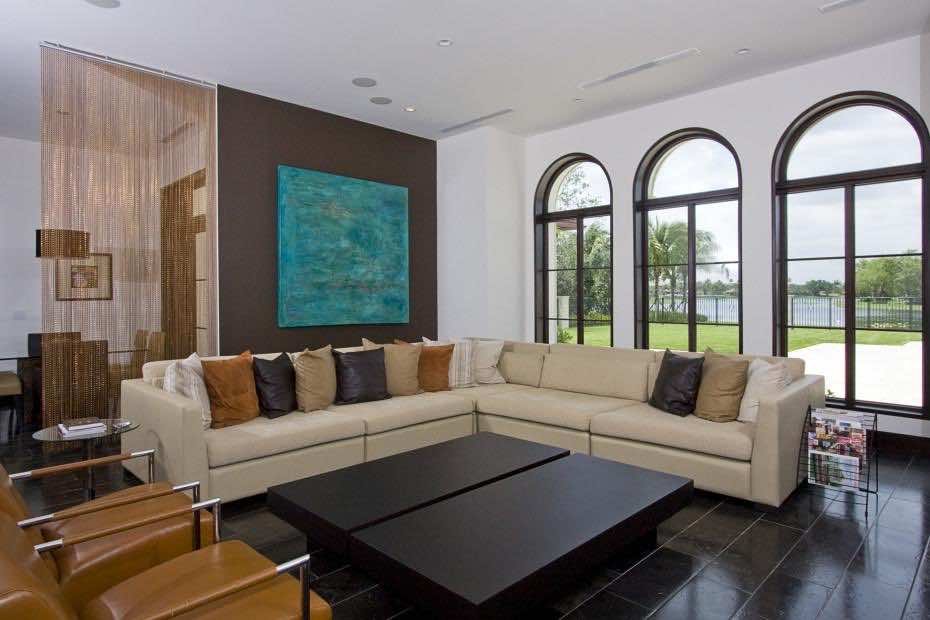 When designing a house, one of the key areas to consider is the living space. This is where we gather with family and friends, relax after a long day, and entertain guests. However, within the living space, there are often two distinct areas that are commonly confused: the drawing room and the living room. While these terms are often used interchangeably, they actually have distinct differences in both function and design.
Function:
The main difference between a drawing room and a living room is their function. A
drawing room
is traditionally a more formal space, designed for special occasions and hosting guests. It is a space for conversation, relaxation, and entertainment. On the other hand, a
living room
is a more casual and everyday space, where families gather to watch TV, play games, and spend time together. It is often the heart of the home, where people can feel comfortable and at ease.
Design:
Another key difference between the two rooms is their design. A drawing room is typically more elegant and luxurious, with a focus on intricate details and high-end furnishings. It is often the most well-decorated and aesthetically pleasing room in the house. In contrast, a living room is more functional and practical in design. It may have a mix of comfortable seating, storage solutions, and entertainment systems to cater to the needs of everyday living.
When designing a house, one of the key areas to consider is the living space. This is where we gather with family and friends, relax after a long day, and entertain guests. However, within the living space, there are often two distinct areas that are commonly confused: the drawing room and the living room. While these terms are often used interchangeably, they actually have distinct differences in both function and design.
Function:
The main difference between a drawing room and a living room is their function. A
drawing room
is traditionally a more formal space, designed for special occasions and hosting guests. It is a space for conversation, relaxation, and entertainment. On the other hand, a
living room
is a more casual and everyday space, where families gather to watch TV, play games, and spend time together. It is often the heart of the home, where people can feel comfortable and at ease.
Design:
Another key difference between the two rooms is their design. A drawing room is typically more elegant and luxurious, with a focus on intricate details and high-end furnishings. It is often the most well-decorated and aesthetically pleasing room in the house. In contrast, a living room is more functional and practical in design. It may have a mix of comfortable seating, storage solutions, and entertainment systems to cater to the needs of everyday living.
Blending the Two Rooms in Modern Design
 In modern house design, the line between a drawing room and a living room has become blurred. With the rise of open floor plans, these two rooms are often combined into one large living space. This allows for a more fluid and versatile use of the space, catering to both formal and casual gatherings. It also allows for a more cohesive design, with elements from both rooms blending together seamlessly.
Keywords:
When designing a house, it is important to consider both the drawing room and living room as distinct spaces with different functions and design elements. By understanding the differences between the two, you can create a balanced and well-designed living space that caters to all your needs. So, whether you prefer a formal drawing room or a cozy living room, make sure to design it according to its intended purpose.
In modern house design, the line between a drawing room and a living room has become blurred. With the rise of open floor plans, these two rooms are often combined into one large living space. This allows for a more fluid and versatile use of the space, catering to both formal and casual gatherings. It also allows for a more cohesive design, with elements from both rooms blending together seamlessly.
Keywords:
When designing a house, it is important to consider both the drawing room and living room as distinct spaces with different functions and design elements. By understanding the differences between the two, you can create a balanced and well-designed living space that caters to all your needs. So, whether you prefer a formal drawing room or a cozy living room, make sure to design it according to its intended purpose.
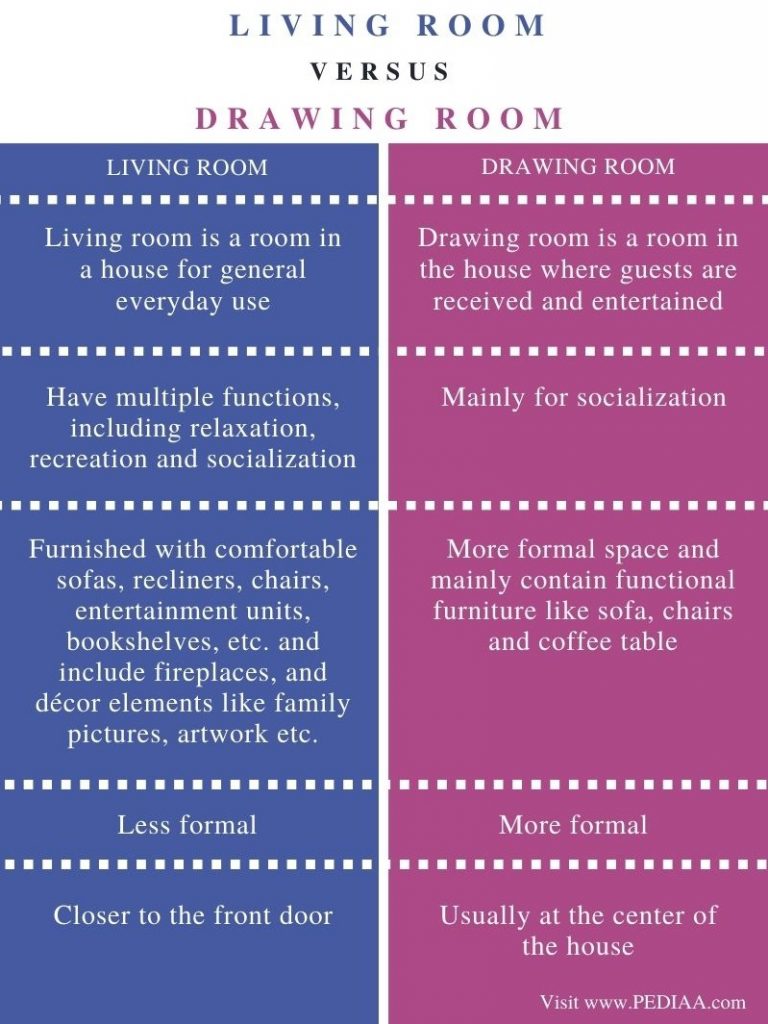

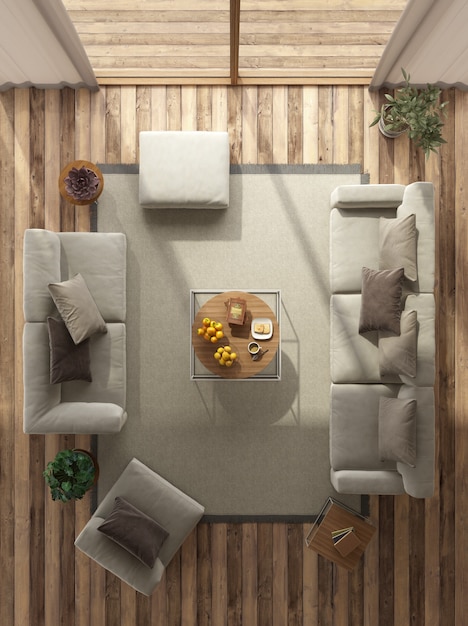
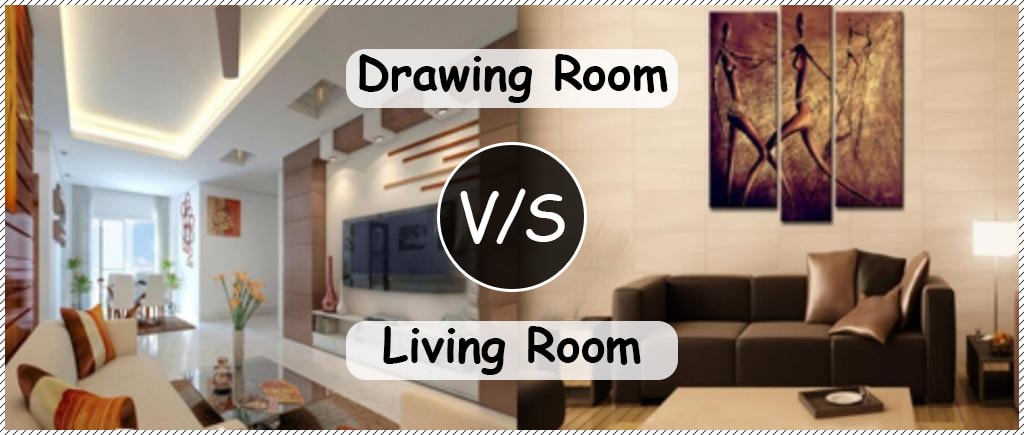
:max_bytes(150000):strip_icc()/FamingoResidence_H011-d34650a2d8304f7aab867ee9164f30c4.jpeg)
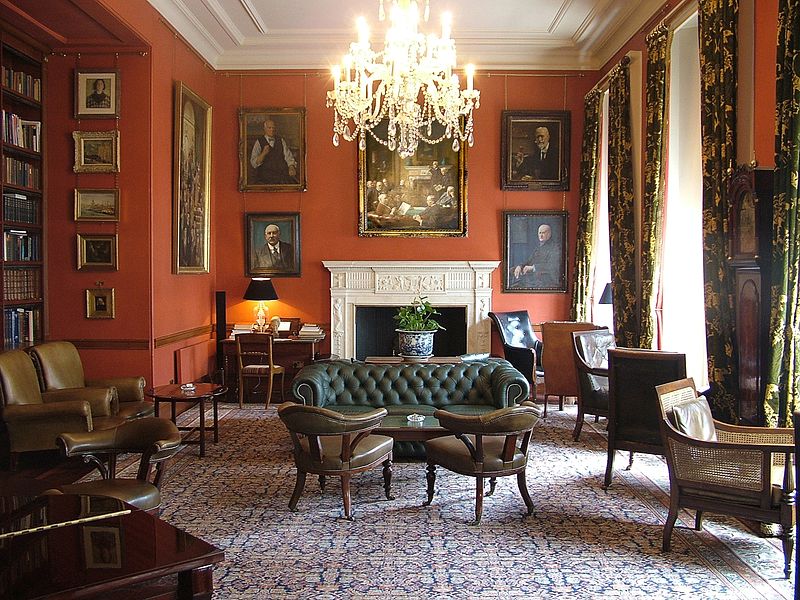
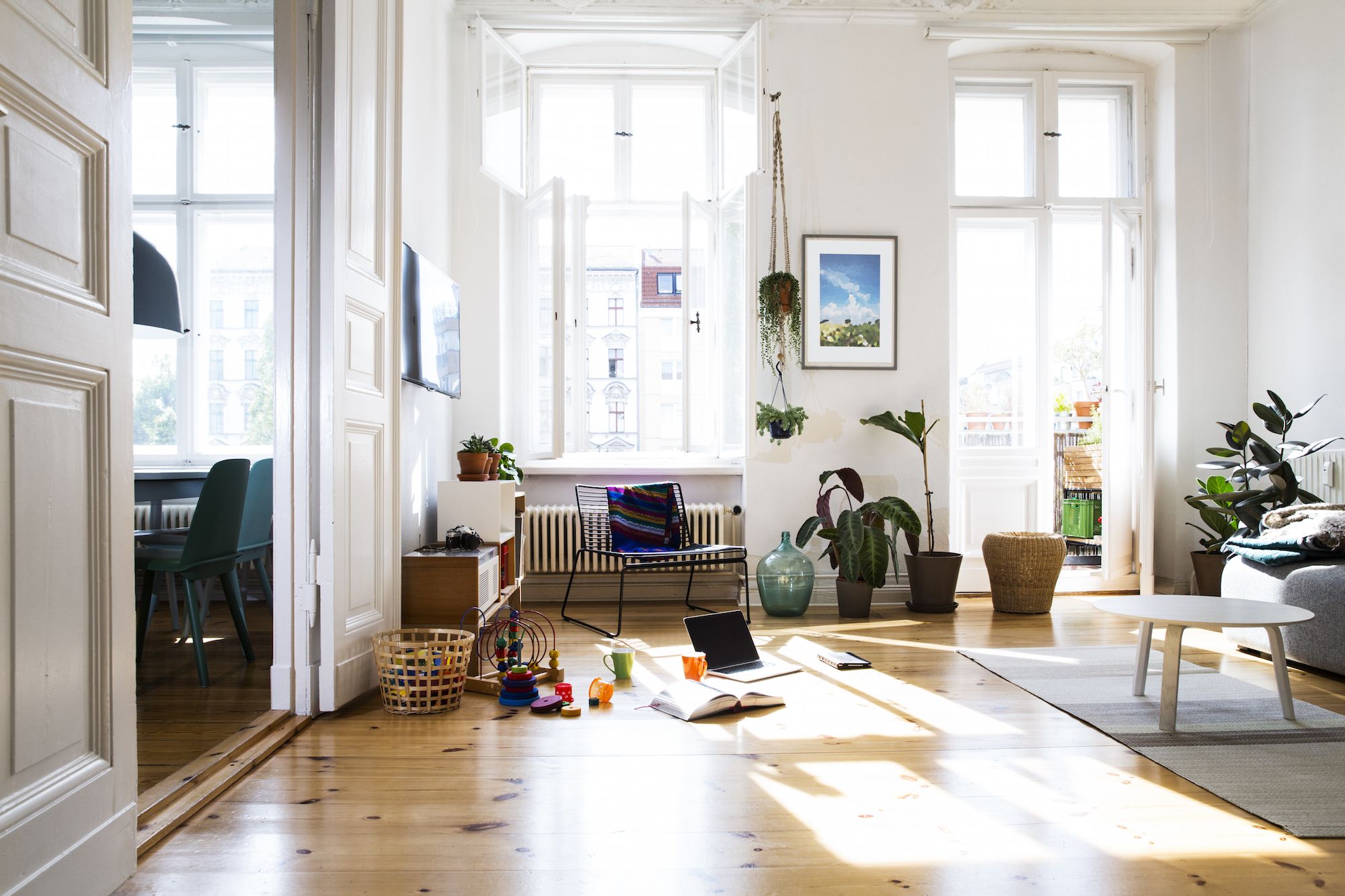







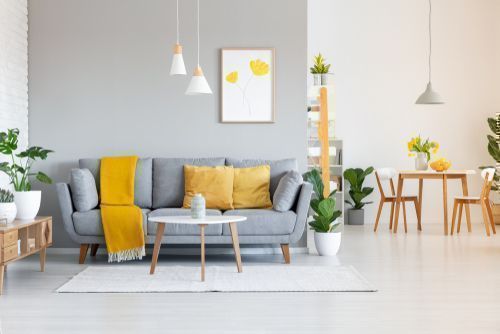

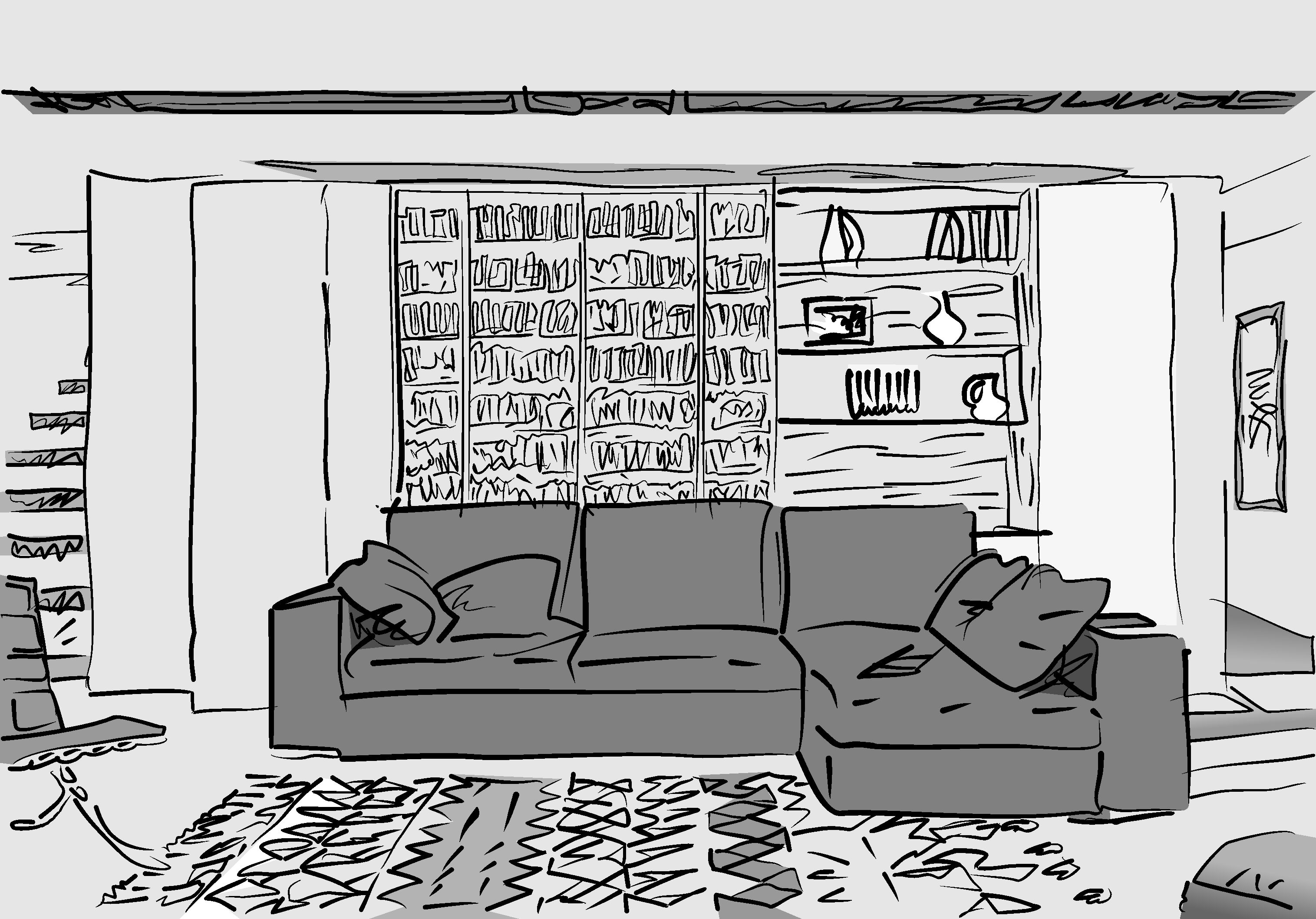
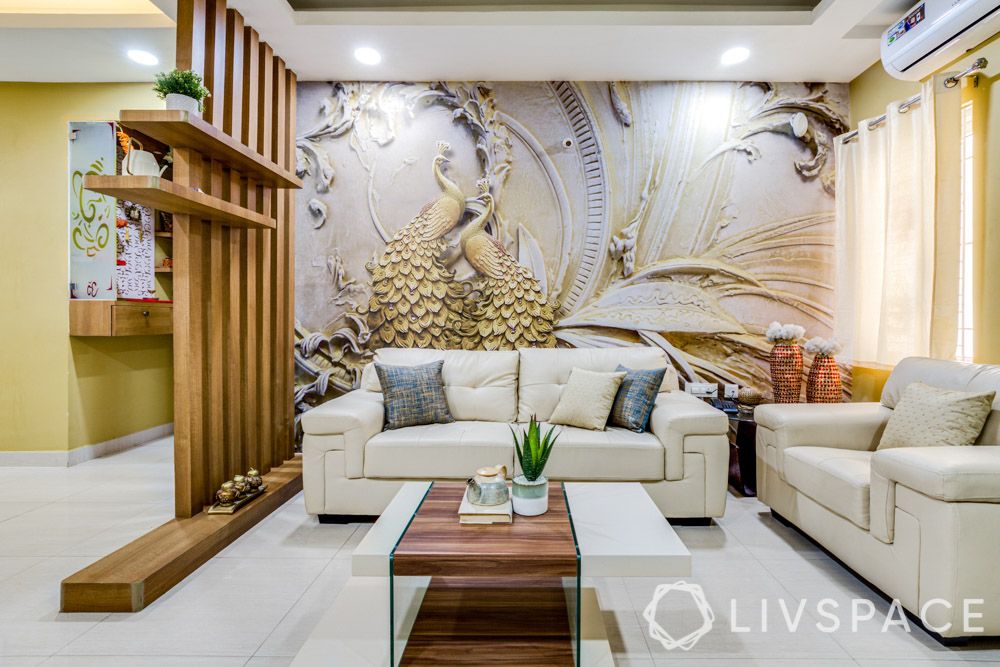





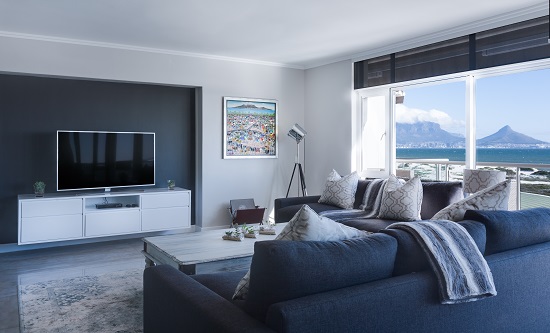



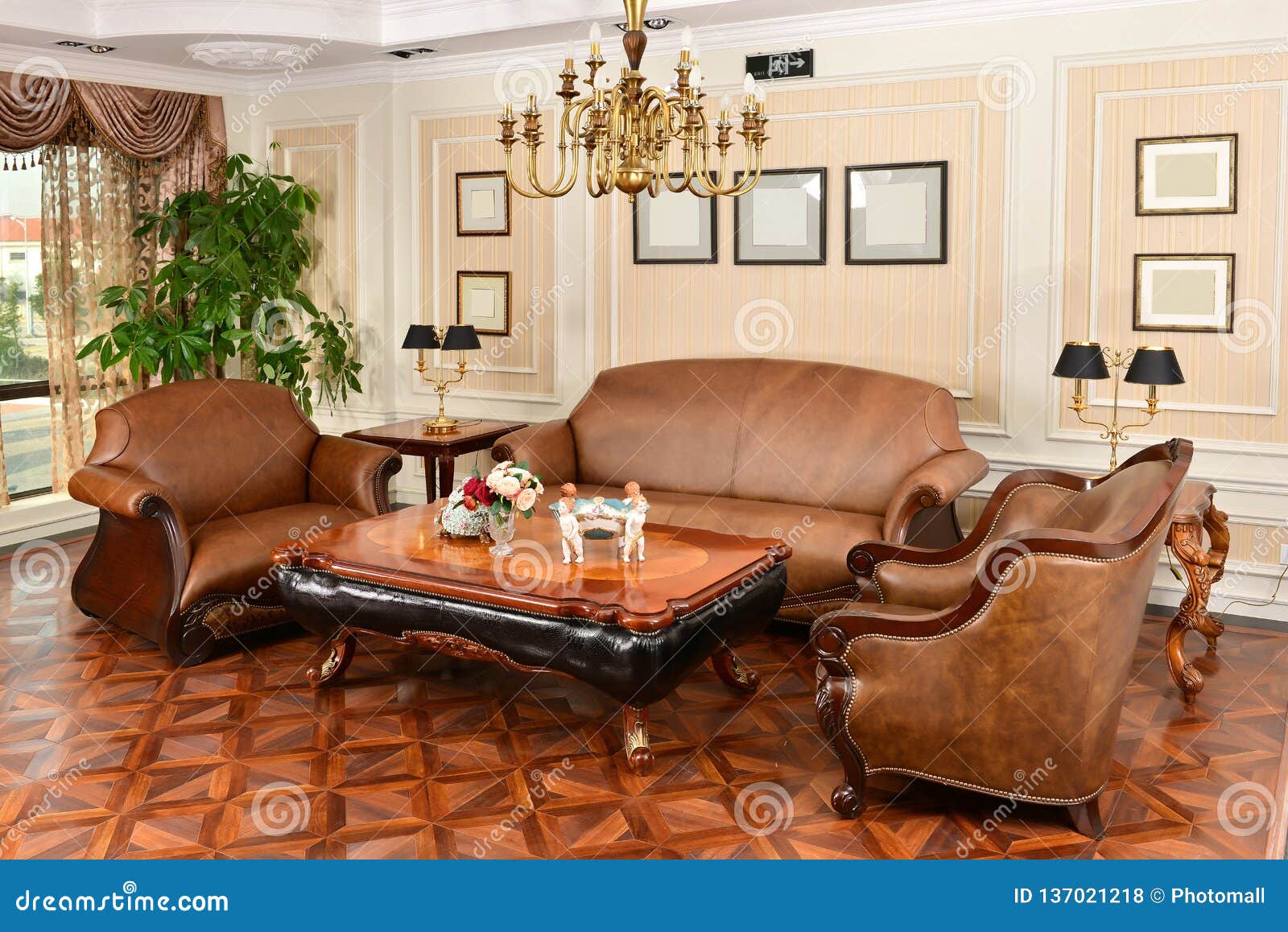

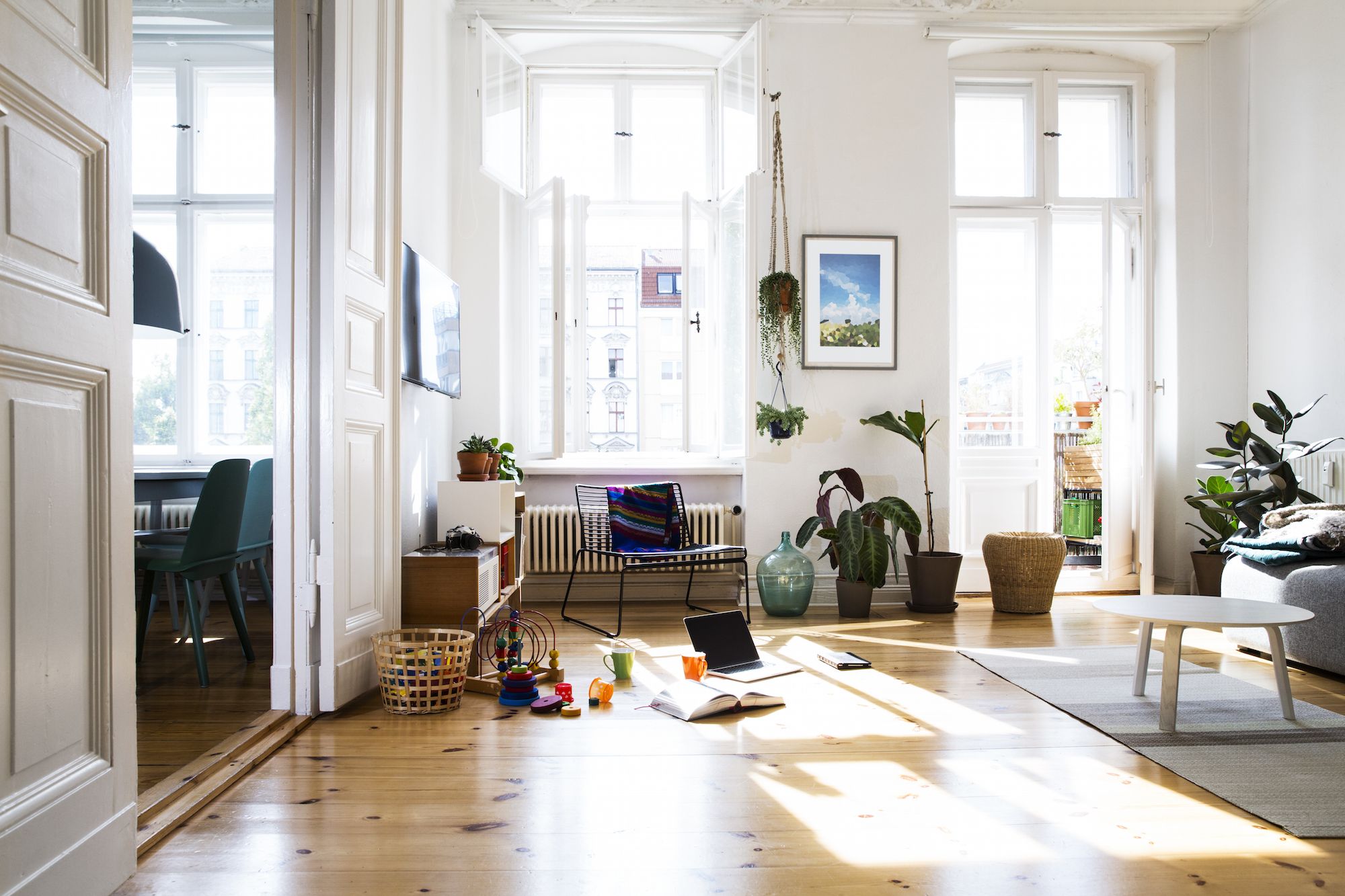
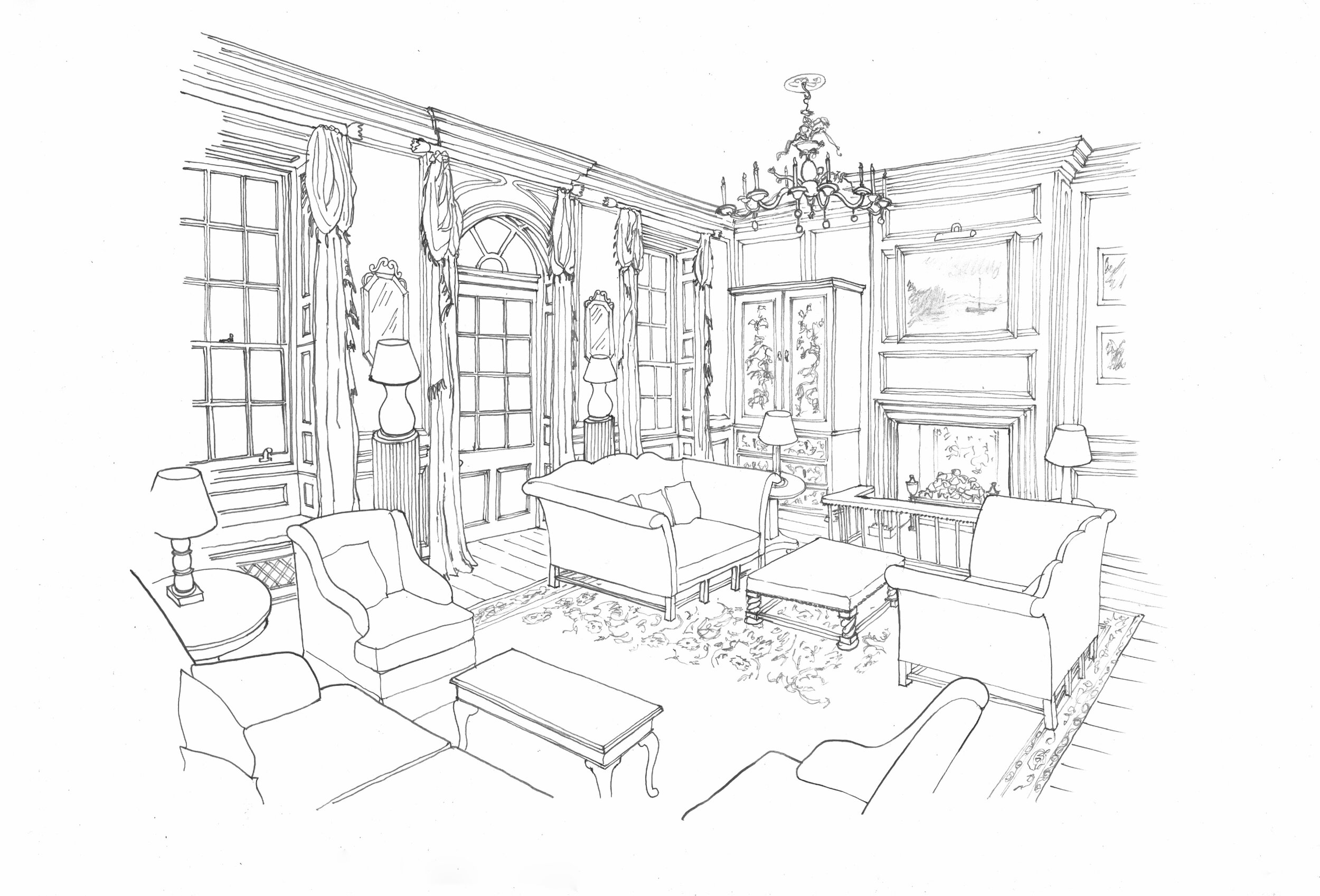










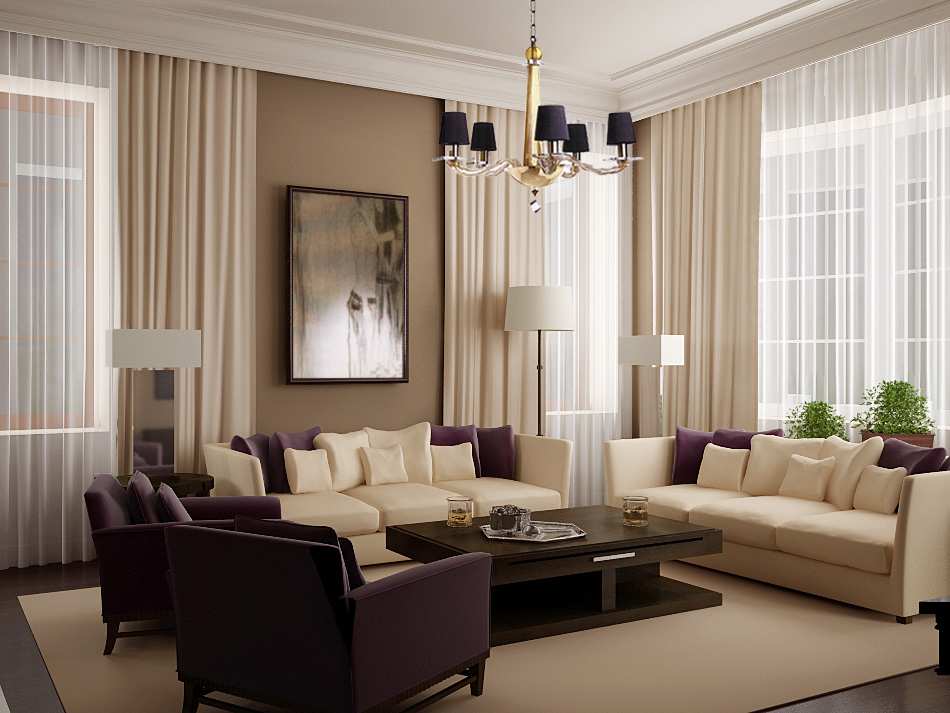


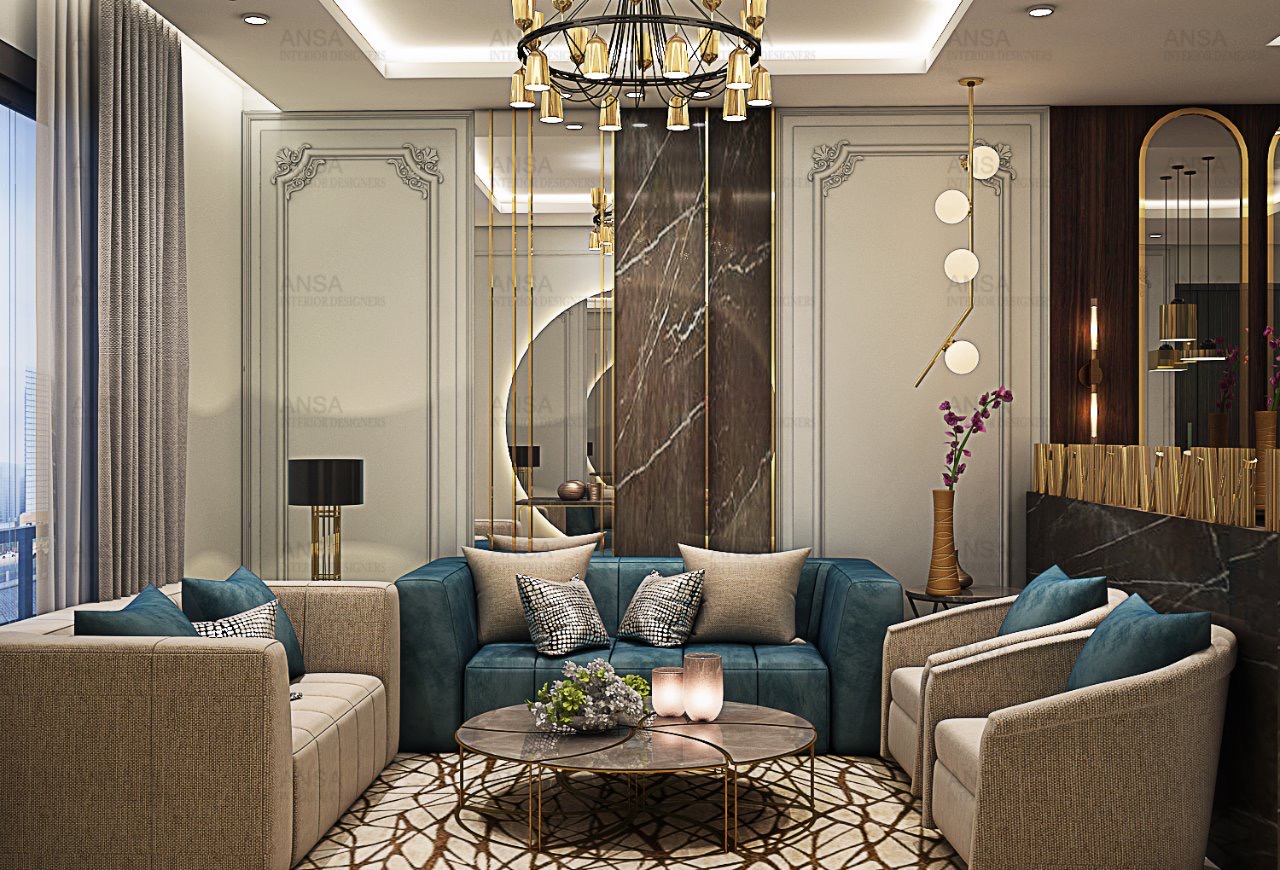
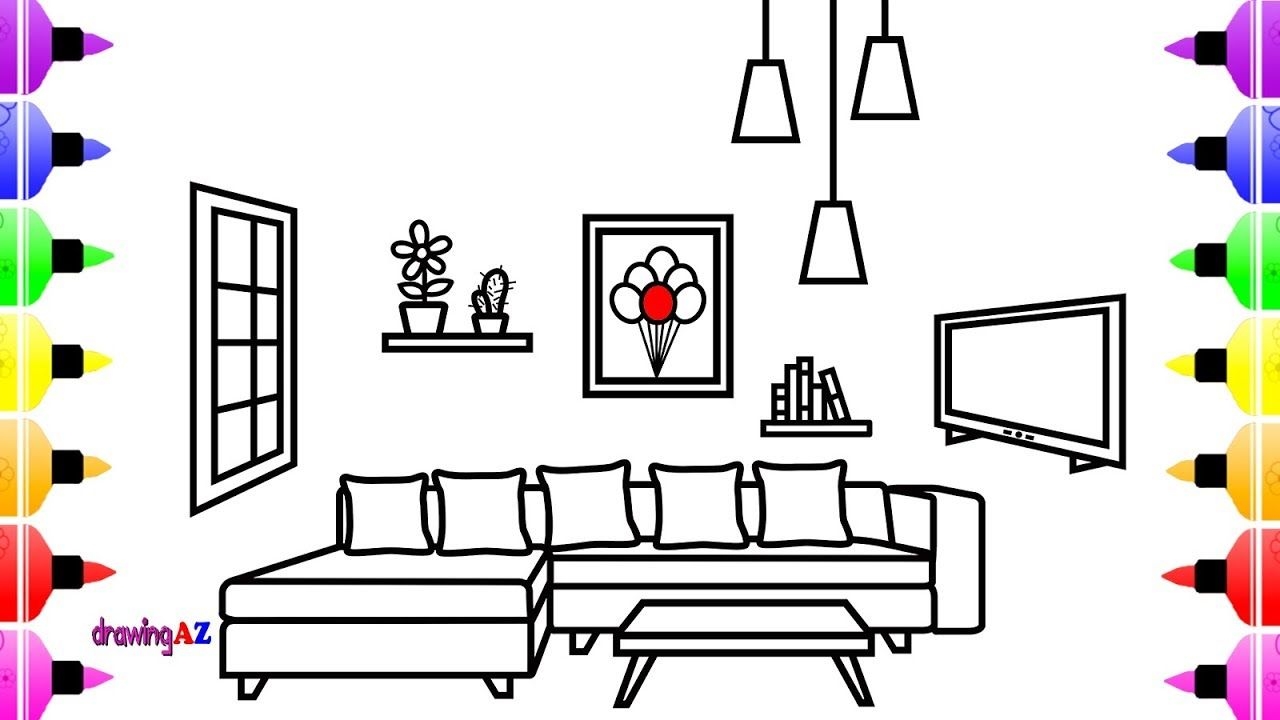



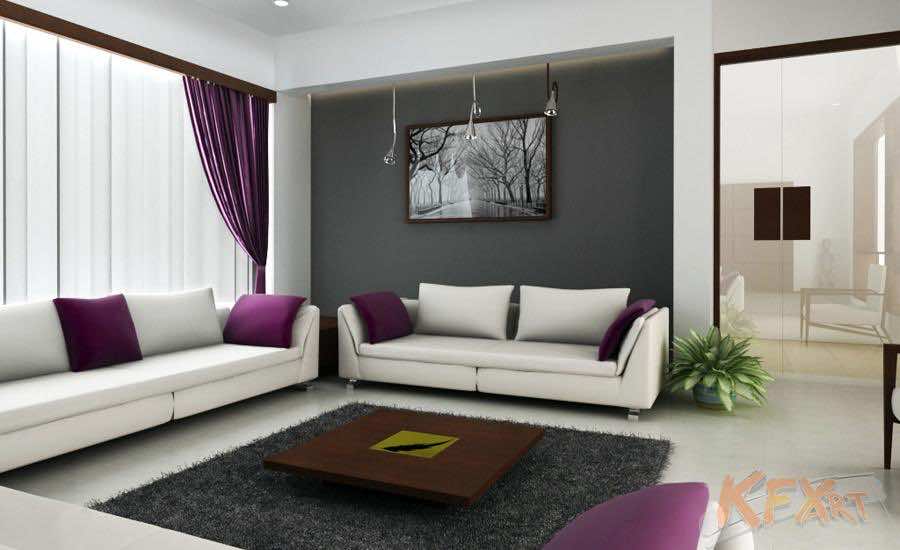











:max_bytes(150000):strip_icc()/west-elm-home-tour-EMILY-RUFF-039-5b343f37c9e77c0037556850.jpg)


